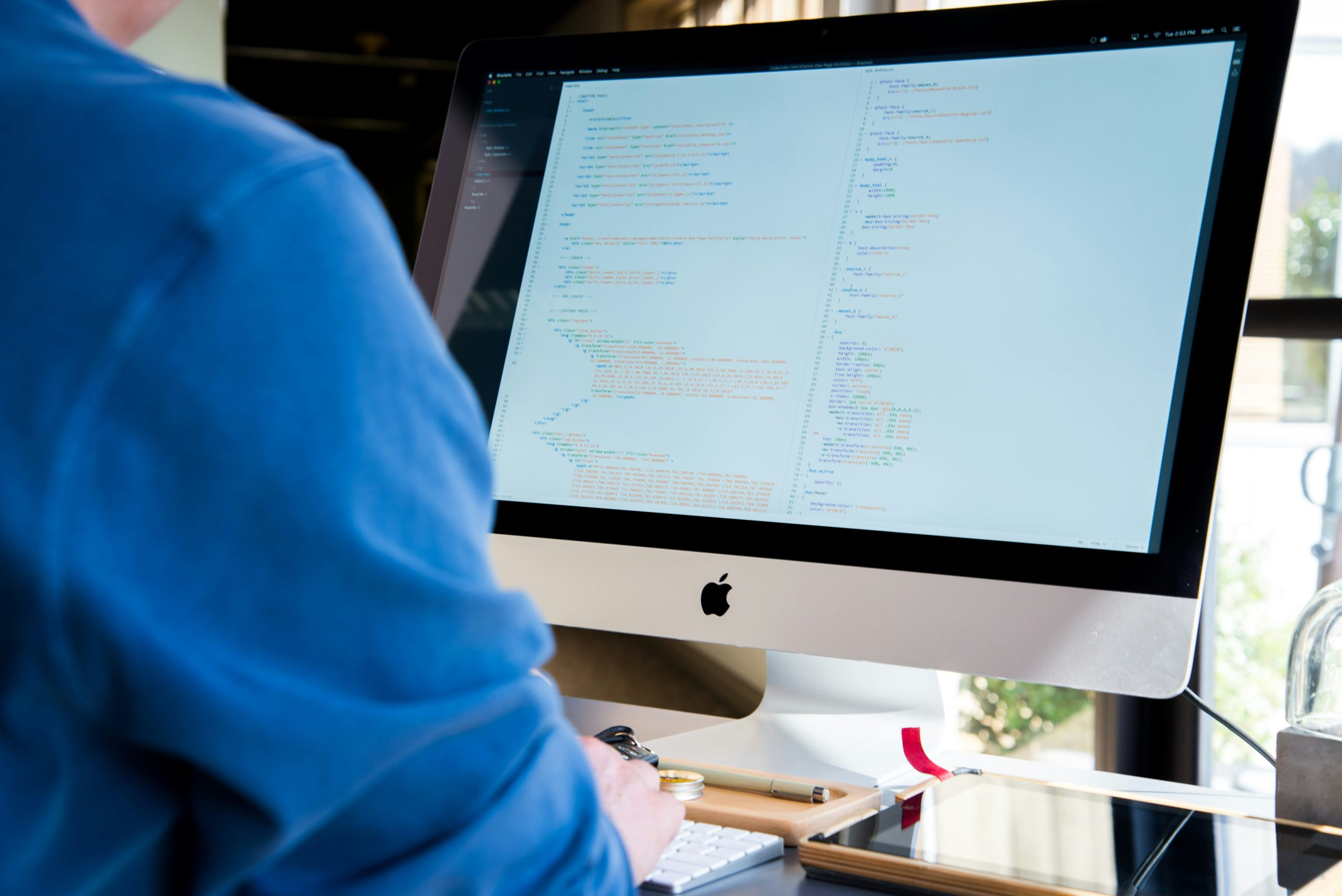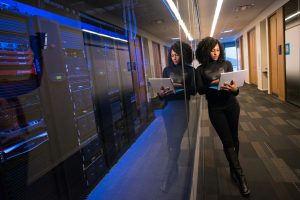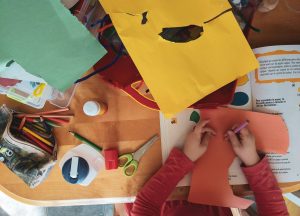Augmented Reality Experiences Changing How We Learn and Work
In today’s rapidly advancing technological landscape, augmented reality (AR) has emerged as a groundbreaking tool for enhancing how we learn and work. Augmented reality is a technology that overlays digital content onto the real world, providing users with an immersive and interactive learning or working experience. By blending the digital world with the physical world, AR has the potential to revolutionize both the education and business sectors. Let’s explore how augmented reality experiences are changing the way we learn and work.
Augmented Reality in Education
In the field of education, augmented reality has proven to be a valuable tool for enhancing learning experiences. Traditional teaching methods such as textbooks and lectures can often be dull and monotonous, making it difficult for students to grasp complex concepts. AR, on the other hand, creates an interactive and engaging learning environment. By using AR, students can explore and interact with digital content in a meaningful and hands-on way.
Enhancing Understanding
One of the biggest advantages of augmented reality in education is its ability to enhance understanding. AR can bring abstract or complex concepts to life by providing students with a visual representation in real-time. For example, students learning about the human anatomy can use AR technology to see a 3D model of the human body and explore it from different angles. This not only makes learning more enjoyable but also helps students understand the subject matter better.
Making Learning Personalized
Another way augmented reality is changing the education landscape is by making learning personalized. AR technology can adapt to each student’s individual learning style, creating a customized learning experience. For instance, a student who is a visual learner can use AR to view a virtual display of a historical event, while an auditory learner can listen to a narration about the event. This allows students to learn at their own pace and in a way that caters to their personal learning style, making education more effective.
Breaking Barriers
Augmented reality also has the potential to break traditional barriers in education. Students in different parts of the world can use AR to collaborate on a project or participate in a virtual classroom, eliminating geographical limitations. This not only opens up new learning opportunities for students but also promotes diversity and global connectivity.
Augmented Reality in the Workforce
In addition to education, augmented reality is also transforming the way we work. AR technology is being used in various industries to improve efficiency, productivity, and overall work experience.
Streamlining Training
Traditionally, employee training has been conducted in a classroom setting or through instructional manuals. This can be time-consuming, expensive, and not always effective. With augmented reality, training can be done virtually, making it more cost-effective and accessible. AR allows employees to practice new skills in a simulated environment, providing a real-world experience without the risks or costs associated with on-the-job training.
Improving Efficiency
In industries such as manufacturing and construction, augmented reality is being used to streamline processes and improve efficiency. By using AR technology, workers can use virtual overlays to visualize designs and troubleshoot potential issues before they occur. This not only saves time but also reduces the margin for error.
Creating New Opportunities
Augmented reality is also creating new opportunities in the workforce. For instance, in the field of medicine, surgeons can use AR technology to practice complex procedures before performing them on real patients. This not only improves the confidence and skills of surgeons but also reduces the risks associated with surgery.
Conclusion
From education to the workforce, augmented reality experiences are revolutionizing the way we learn and work. By creating interactive, personalized, and barrier-breaking experiences, AR is changing the way we perceive and interact with the world around us. As technology continues to advance, the possibilities for augmented reality are endless, and we can expect to see even more innovative ways in which AR will shape the future of education and work.











